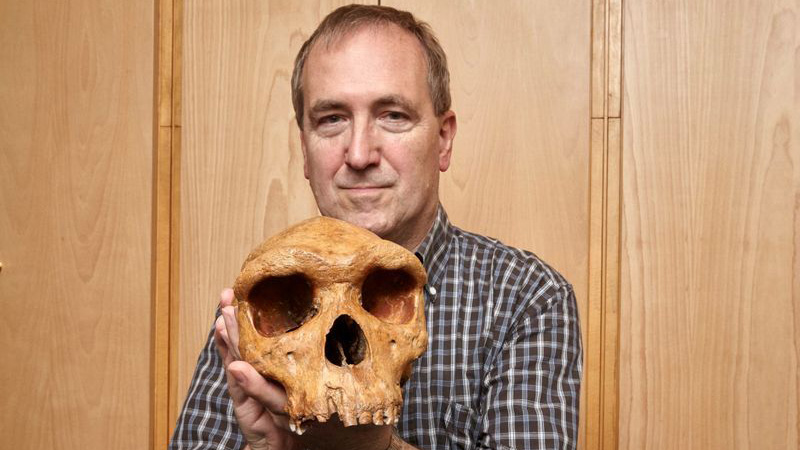 Scientists have solved a longstanding mystery over the age of a landmark skull found in 1921 in Zambia – the first fossil of an extinct human species discovered in Africa – in research with big implications for deciphering the origin of our own species.
Scientists have solved a longstanding mystery over the age of a landmark skull found in 1921 in Zambia – the first fossil of an extinct human species discovered in Africa – in research with big implications for deciphering the origin of our own species.
The study published on Wednesday involved the so-called Broken Hill skull, also called the Kabwe skull in recognition of a nearby town, discovered by a Swiss miner working in the Broken Hill lead and zinc mine in what was then Northern Rhodesia. Until now, scientists had been in the dark about how old it was, making it difficult to know its place on the human family tree.
But two sophisticated dating methods have determined the skull to be about 299,000 years old, plus or minus 25,000 years, said geochronologist Rainer Grün of Griffith University in Australia, lead author of the study published in the journal Nature. Some experts had hypothesized it was 500,000 years old.
This indicates the species represented by the skull was unlikely to have been a direct ancestor of Homo sapiens as some had thought. Our species first appeared more than 300,000 years ago in Africa, later spreading worldwide.
Scientists initially assigned the skull to a species they called Homo rhodesiensis. Most scientists now assign it to the species Homo heidelbergensis, which inhabited parts of Africa and Europe starting about 600,000 years ago.
Anthropologist Chris Stringer of the Natural History Museum in London said its age indicates at least three human species inhabited Africa around 300,000 years ago: Homo sapiens in places like Morocco and Ethiopia, Homo heidelbergensis in south-central Africa, and Homo naledi in South Africa, known for primitive features including traits suitable for tree-climbing.